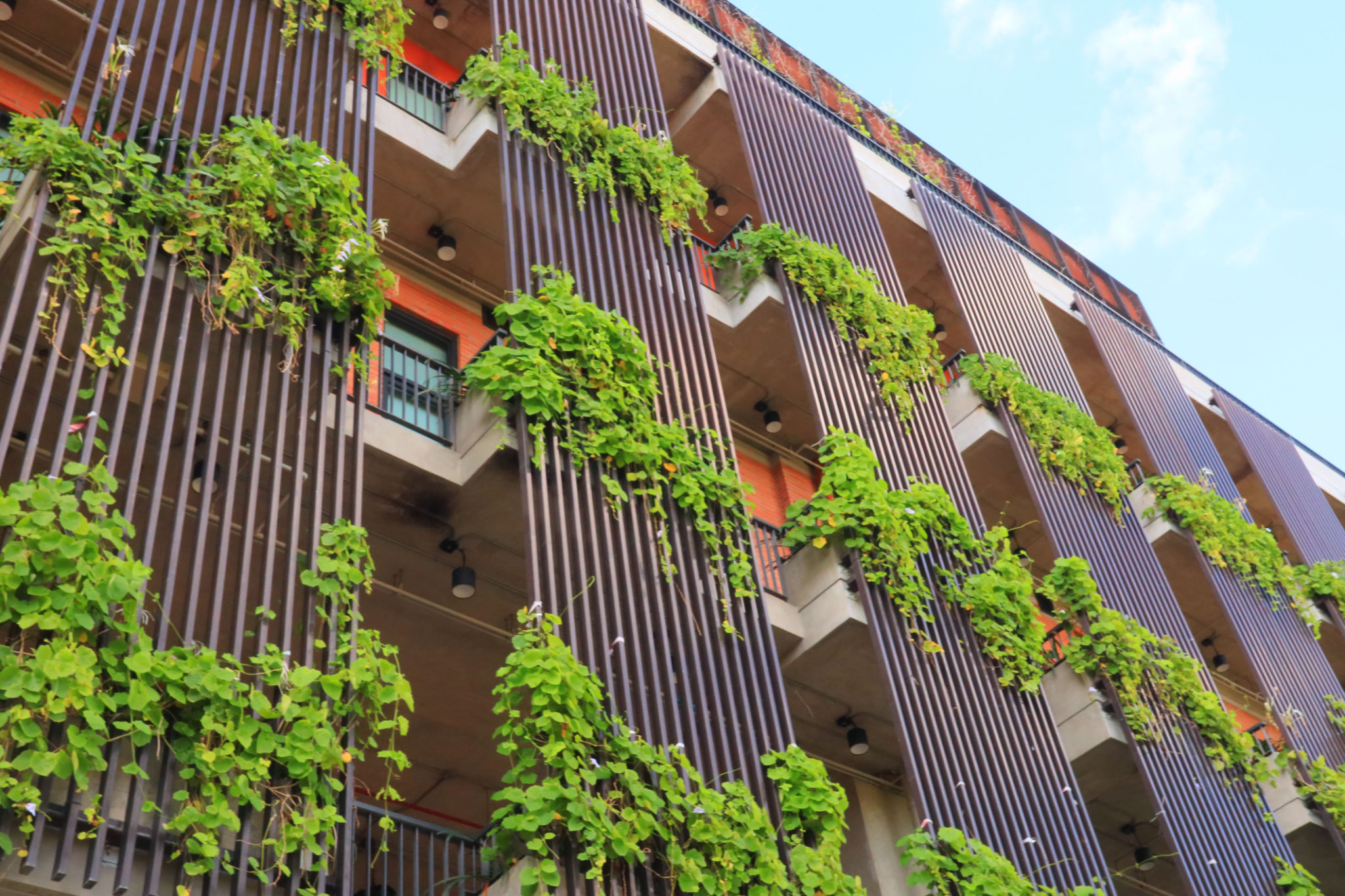Top Trends in Residential Building Design and Construction
Embracing Sustainability
In recent years, sustainability has become a cornerstone of residential building design and construction. The emphasis on eco-friendly materials and energy-efficient systems is more pronounced than ever. Builders and architects are increasingly incorporating sustainable practices to reduce the carbon footprint of new homes. From solar panels to green roofs, the focus is on creating homes that not only meet the needs of the present but also preserve the environment for future generations.

The use of recycled materials is gaining momentum, with builders opting for reclaimed wood, recycled steel, and even materials like bamboo, which are rapidly renewable. These choices not only minimize waste but also add a unique aesthetic appeal to modern homes. Moreover, energy-efficient windows and insulation systems are essential components of sustainable design, ensuring reduced energy consumption and lower utility bills.
Smart Home Technology
The integration of smart home technology is transforming the way we interact with our living spaces. Homeowners now expect advanced systems that enhance convenience, security, and energy efficiency. Smart thermostats, automated lighting, and security systems can be controlled remotely via smartphones or voice-activated assistants, offering unprecedented control over home environments.

These technological advancements are not just about convenience; they also contribute to energy conservation. For instance, smart thermostats learn household patterns and adjust heating and cooling accordingly, optimizing energy usage. This technology-driven approach is becoming a standard in new residential constructions, appealing to tech-savvy buyers and environmentally conscious individuals alike.
Open Floor Plans
Open floor plans continue to dominate residential design trends, emphasizing spaciousness and fluidity between living areas. These layouts eliminate barriers between kitchens, dining areas, and living rooms, creating a more inclusive environment conducive to social interaction and entertainment.

The appeal of open floor plans lies in their ability to make even smaller homes feel larger and more connected. They also allow for more natural light to flow through the space, enhancing the overall ambiance. This trend reflects a shift towards more informal and flexible living arrangements that cater to modern lifestyles.
Focus on Wellness
With an increasing awareness of health and wellness, residential design is incorporating elements that promote physical and mental well-being. Natural light, good air quality, and the use of non-toxic materials are prioritized to create healthier living environments. Features like home gyms, meditation spaces, and spa-like bathrooms are becoming popular as homeowners seek to incorporate wellness into their daily routines.
Biophilic design is another trend gaining traction, involving the integration of nature into indoor spaces. This can include large windows with views of nature, indoor plants, and water features that create a calming atmosphere. The goal is to enhance occupants' connection with the natural world, which is known to reduce stress and improve overall well-being.
Conclusion
The latest trends in residential building design and construction reflect a comprehensive approach to modern living. By prioritizing sustainability, embracing technology, creating flexible spaces, and focusing on wellness, builders are redefining what it means to live in a contemporary home. These trends not only meet the demands of today’s consumers but also pave the way for a more sustainable and harmonious future.
